July 21, 2025 | 22:24 (GMT+7)
Ancient pagodas in Bac Ninh recognized as World Heritage by UNESCO
PANO - Vinh Nghiem and Bo Da Pagodas, where a rich collection of ancient woodblocks containing Buddhist scriptures, medical texts, and monastic precepts are preserved, have been inscribed by UNESCO as World Cultural Heritage Sites.
Below are photos of the newly-recognized World Cultural Heritage Sites of Vinh Nghiem and Bo Da Pagodas.
    |
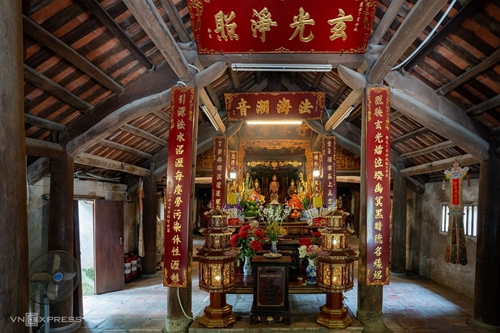 |
|
The pagoda sits on a one-hectare area and has four primary architectural components. The pagoda venerates three patriarchs of the Truc Lam Zen lineage, namely First Patriarch Buddha - Emperor Tran Nhan Tong, Second Patriarch Phap Loa, and Third Patriarch Huyen Quang, founders and successors who played pivotal roles in shaping and expanding Vietnamese Buddhism. |
    |
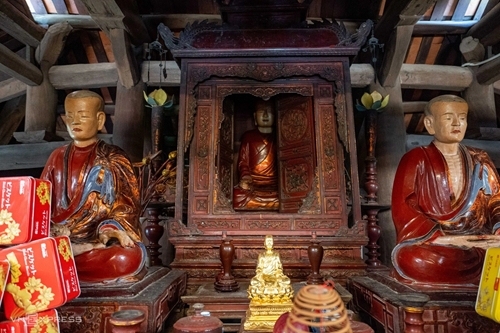 |
|
Three statues were carved from jackfruit wood in the 19th century. These hold significant artistic and historical value and were recognized as national treasures in 2024. |
    |
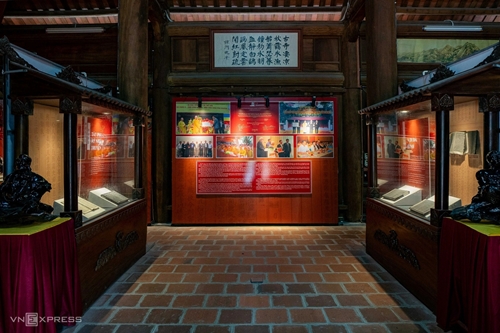 |
|
The Vinh Nghiem woodblock repository was constructed to protect the pagoda's precious collection of over 3,000 woodblocks. The building features both a display area and a storage area, constructed primarily of wood. Previously stored in the Tam Bao Hall and the temple corridors, the blocks were at risk of mold and deterioration due to inadequate preservation conditions. |
    |
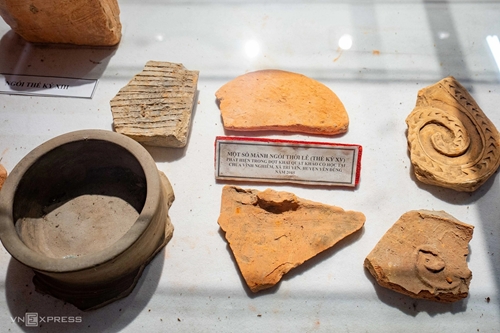 |
|
The repository also exhibits ancient tiles dating from the 6th to the 15th centuries, unearthed during an excavation in 2015. |
    |
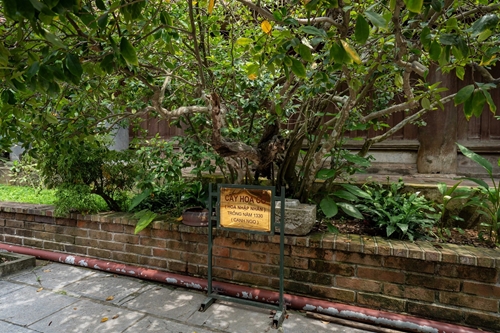 |
|
The courtyard in front of Tam Thanh Sanctuary stands among various ancient trees, including a tree planted in 1330. |
    |
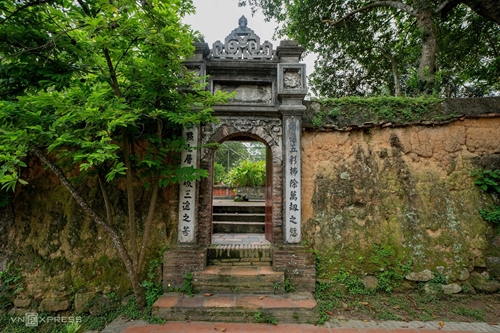 |
|
The serene atmosphere of the tower garden is further enhanced by its surrounding wall, constructed from mountain stone, terracotta bricks, and rammed earth, creating a secluded, peaceful space, ideal for monastic life, remembrance, and meditation. |
Source: Vnexpress
Translated by Chung Anh